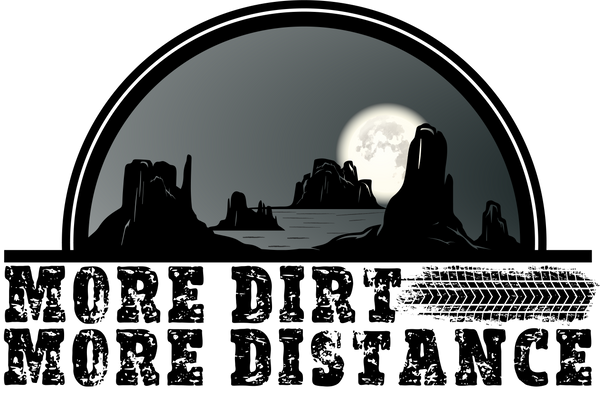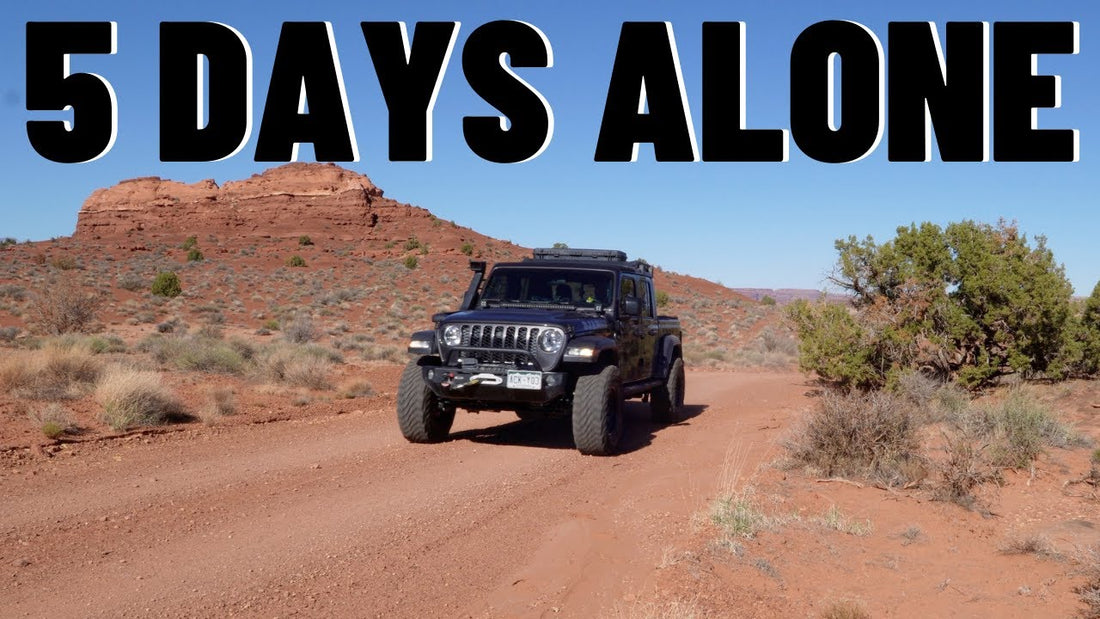
Exploring the Untamed Wilderness: My Overlanding Adventure in Utah
Share
Exploring the Untamed Wilderness: My Overlanding Adventure in Utah
Join me on my exhilarating six-day journey through the remote corners of Utah and Arizona, where breathtaking landscapes and rich history await. From the rugged terrain of Bears Ears National Monument to the iconic views of Lake Powell, this overlanding trip promises unforgettable experiences and stunning vistas.
Table of Contents
- Setting Off on My Overlanding Journey
- Discovering the Rich History of Utah
- Exploring Bears Ears National Monument
- Camping Essentials for Overlanding
- The Scenic Drive to My First Campsite
- Innovative Camping Setup
- Adventures in the Valley of the Gods
- Exploring Ancient Ruins
- Captivating Views Along the Trail
- Night Photography Under the Stars
- Iconic Moments at Monument Valley
- Stunning Views at Lake Powell
- Exploring the Burr Trail
- Facing the Elements in the Henry Mountains
- FAQs about Overlanding and Camping
Setting Off on My Overlanding Journey
As I embarked on my first official overlanding trip, excitement coursed through me. The southeast corner of Utah and a hint of Arizona awaited, promising six days filled with stunning views and camping adventures. This was more than just a trip; it was a journey into one of the most remote areas of the United States.
What first appears as a harsh desert reveals itself to be a vibrant land rich with history. From ancient fossils to millennia of human habitation, the stories whispered through the rocks captivated me. This was a place I simply had to explore.
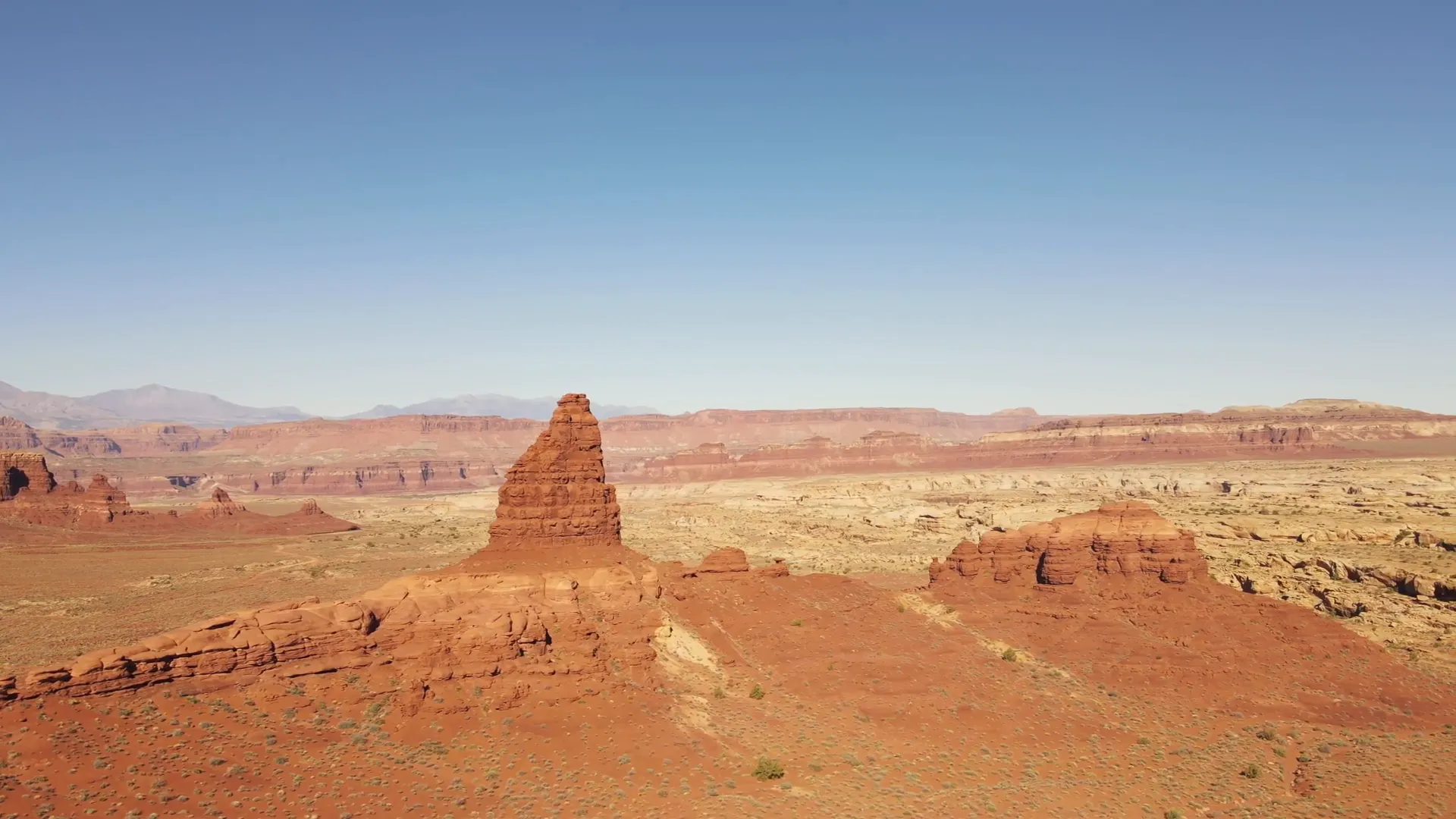
With my vehicle loaded with essentials—water, fuel, and a spirit of adventure—I hit the trail, ready to uncover the wonders of Bears Ears National Monument. This expansive monument protects over 1.3 million acres, offering solitude and a deep connection with nature. There’s nothing quite like the feeling of being miles away from civilization, surrounded by breathtaking landscapes.
Discovering the Rich History of Utah
Utah’s history is as diverse as its landscapes. As I journeyed deeper into this region, I stumbled upon archaeological sites that tell tales of the ancient Puebloan people, also known as the Anasazi. Their legacy is etched into the very fabric of the land, and visiting these sites feels like stepping back in time.
The Butler Wash Ruins were one of my stops, easily accessible with a half-mile hike to an observation point. Standing there, I felt a profound respect for those who inhabited these cliff dwellings over eight hundred years ago. The preservation of such places is vital, allowing us to connect with our past.
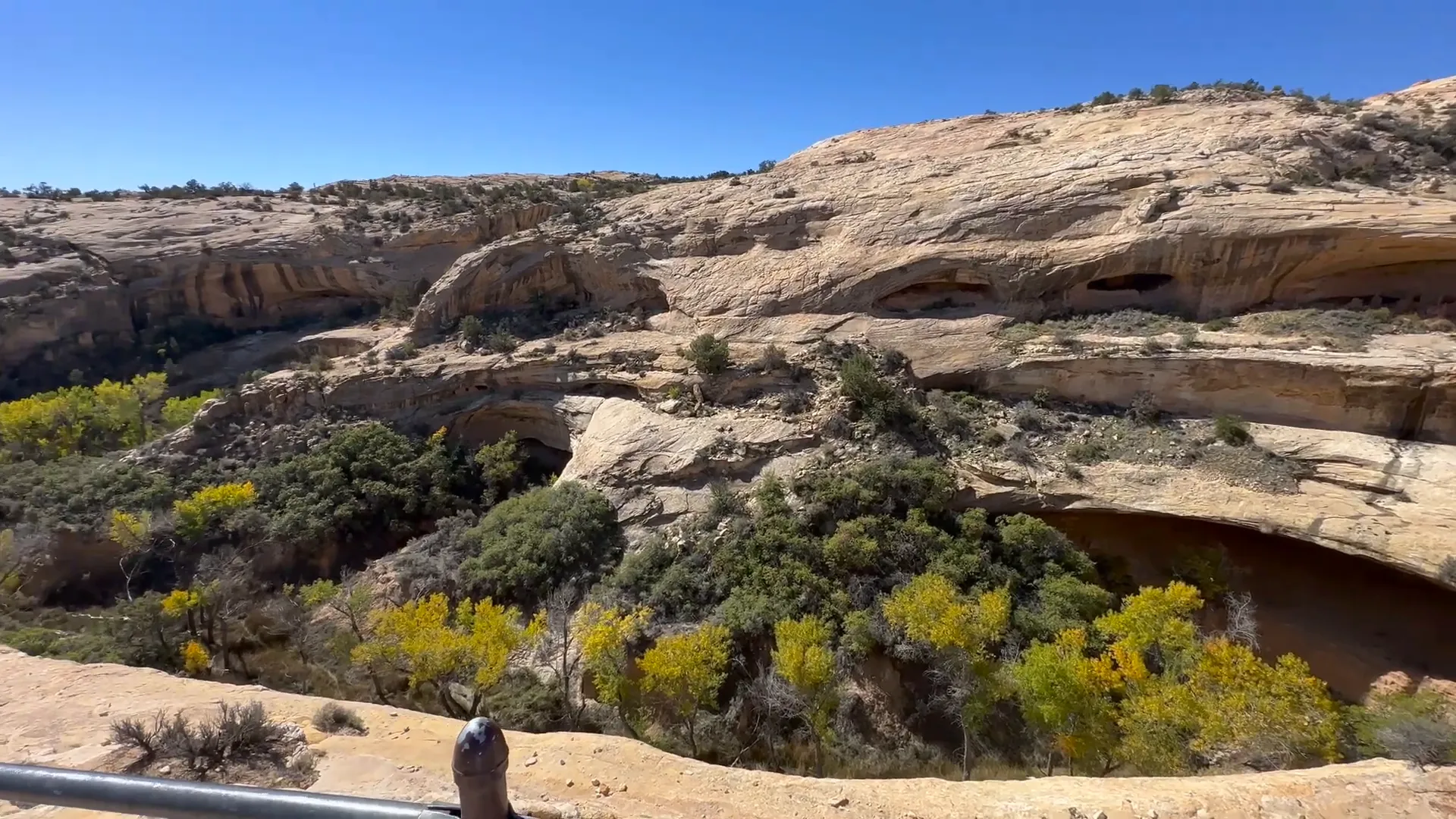
Next, I explored the Mill Canyon Ruins, surrounded by stunning vistas and rich cultural heritage. Each site I visited added layers to my understanding of this land and its people, reinforcing the importance of protecting these historical treasures.
Exploring Bears Ears National Monument
As I delved into Bears Ears National Monument, the landscape transformed dramatically. The road, though manageable for most vehicles, wound through high mesas and towering spires, rising until I was enveloped by juniper and pine trees. The diversity of flora and terrain was astonishing, and it felt surreal to transition from the desert to lush greenery in just a few hours.
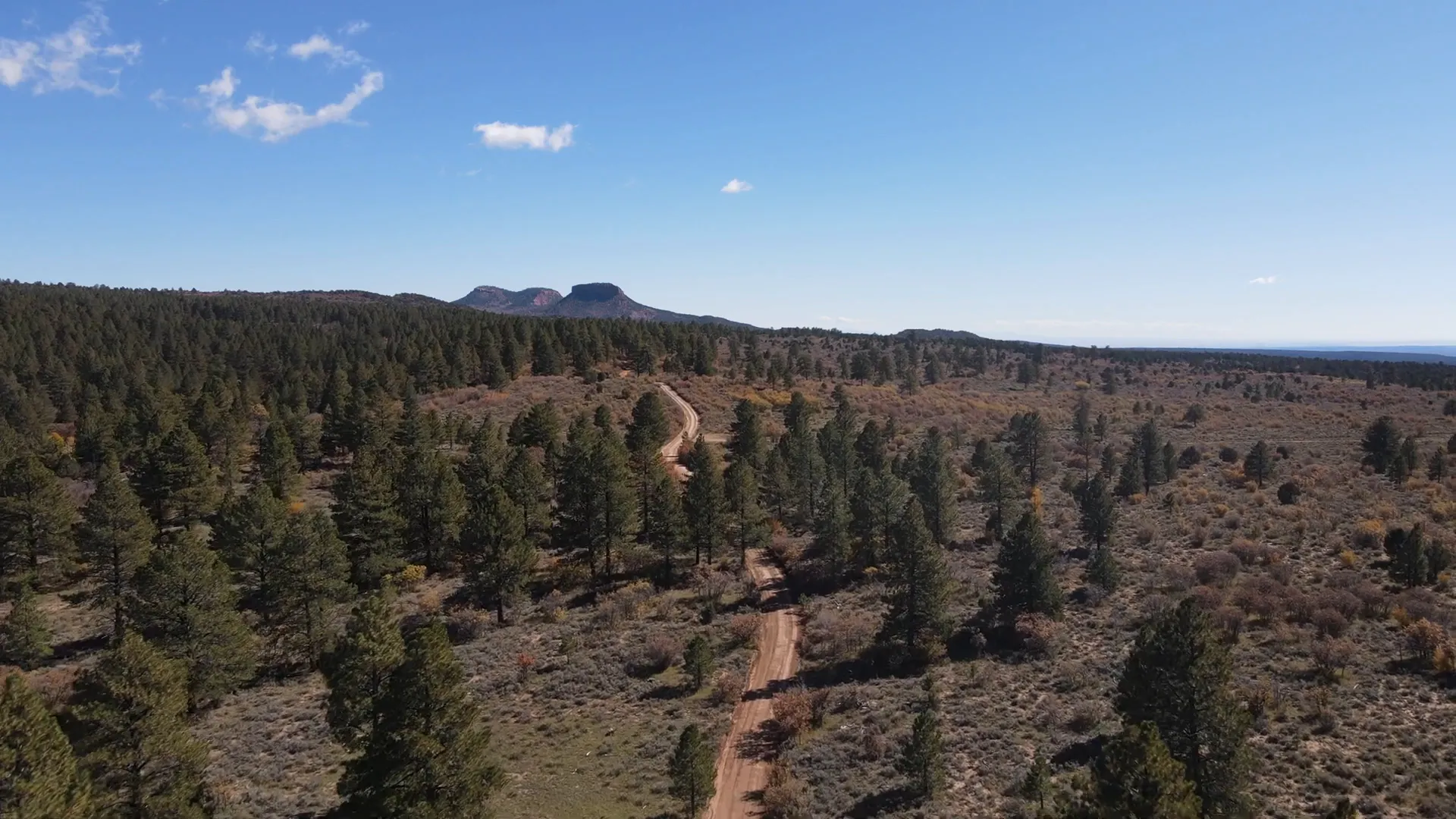
This sense of wonder continued as I set up camp for the night. My campsite offered breathtaking views of the canyon, and I was grateful for the solitude, having seen only a handful of fellow travelers throughout the day. This was the essence of overlanding—finding hidden gems away from the crowds.
Camping Essentials for Overlanding
Preparation is key when it comes to overlanding. For this trip, I decided to change my camping setup. Instead of my usual ground tent, I opted for a rooftop tent that attaches to my truck. This innovation offered several advantages: quick setup, stability on rocky ground, and the comfort of being elevated above potential critters.
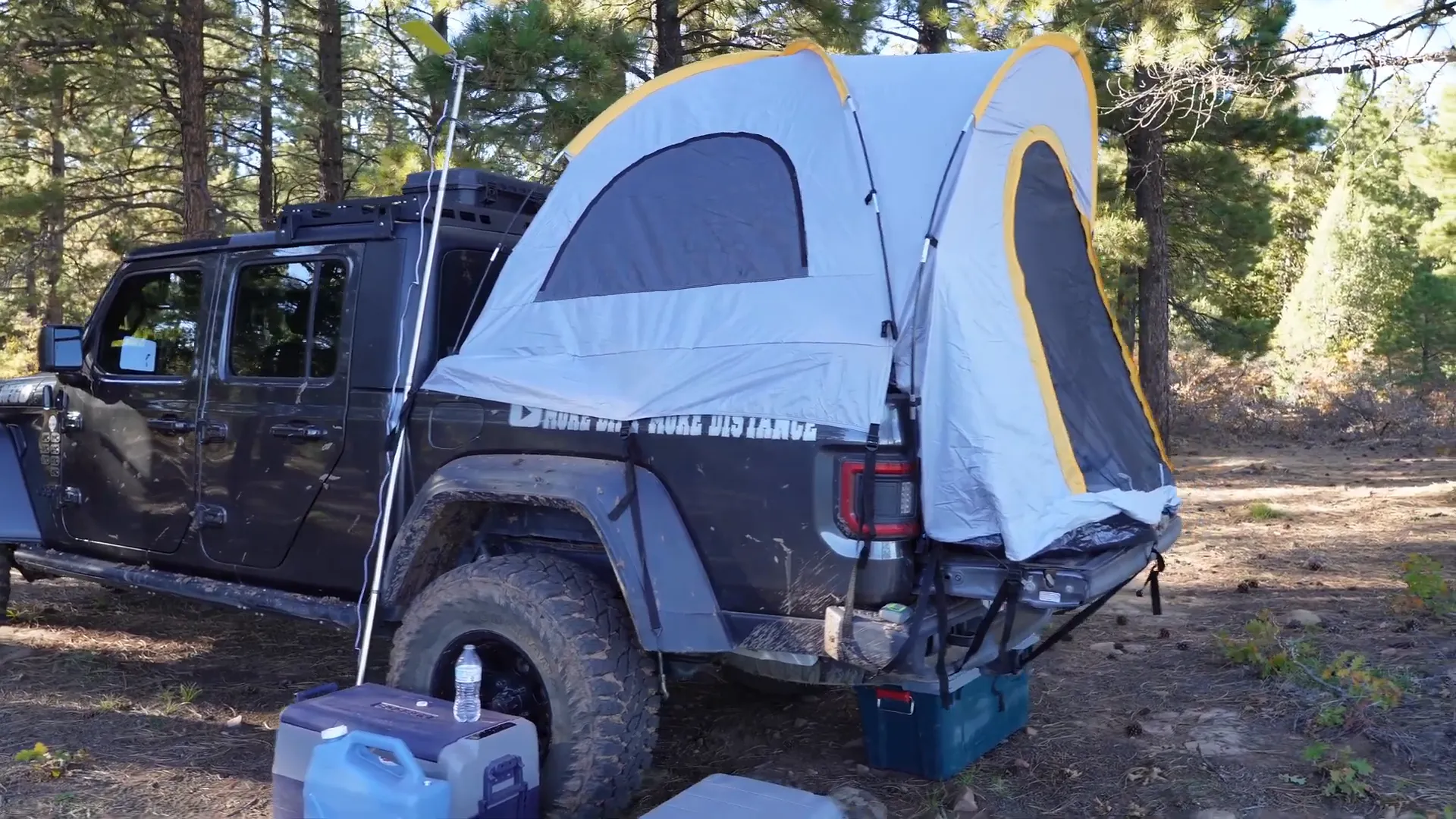
When packing, I focused on essentials. Light gear allows for easier transitions between campsites, especially when days are shorter. The right equipment can make all the difference, enhancing the overall experience of exploring remote areas.
The Scenic Drive to My First Campsite
The drive to my first campsite was scenic and invigorating. As I descended into the small town of Blanding, I appreciated the opportunity to refuel both my vehicle and myself. The local gas station was a welcome pit stop, providing snacks and a brief moment of civilization.
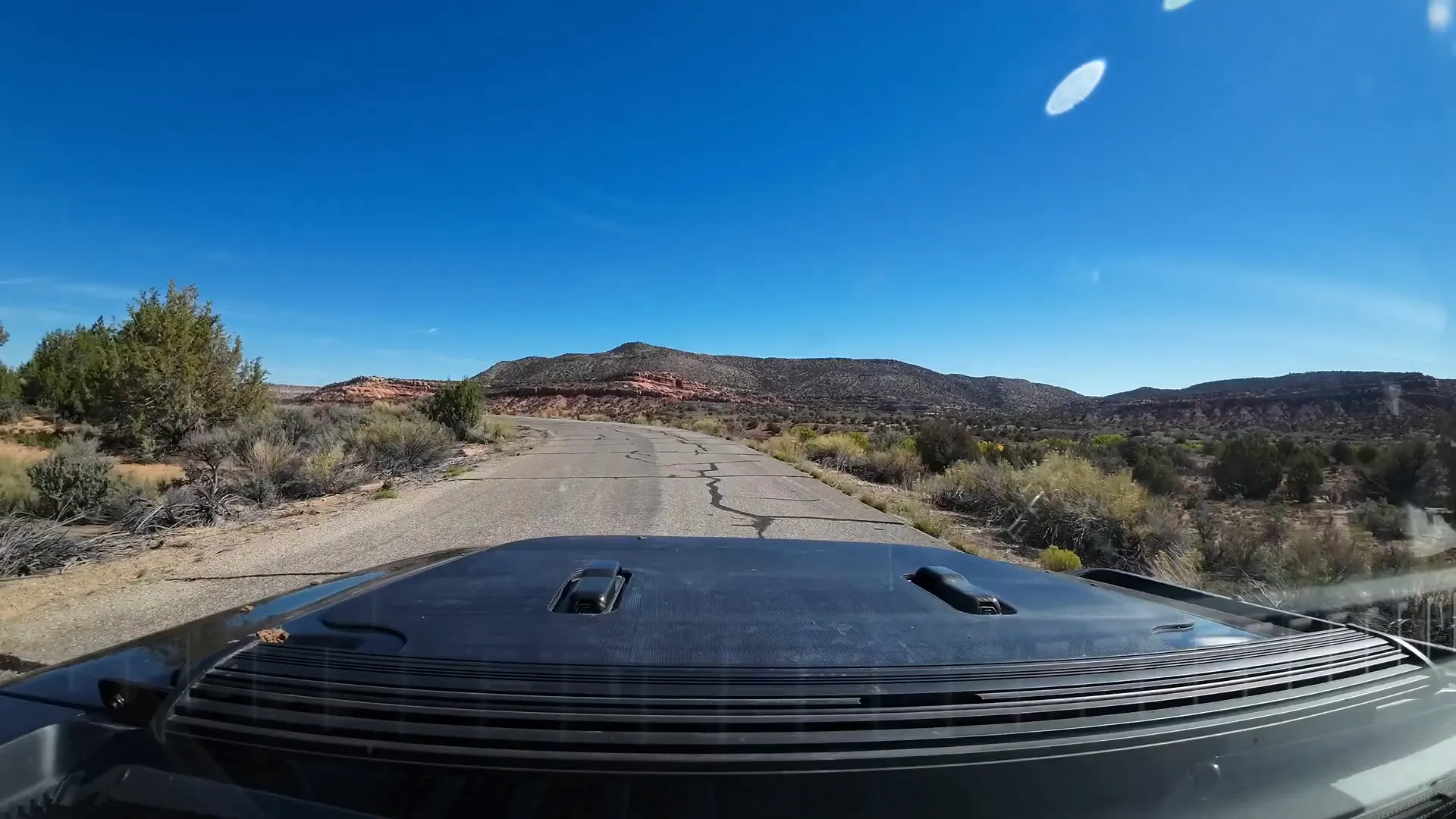
Continuing on Highway 95, known as the Trail of the Ancients, I was surrounded by historical landmarks and archaeological sites. Each mile brought new vistas and stories waiting to be uncovered. The anticipation of reaching my campsite kept my spirits high.
Adventures in the Valley of the Gods
As I made my way to the Valley of the Gods, the terrain shifted once more. This area is known for its stunning rock formations and is a fantastic alternative to the more crowded Monument Valley. The road, approximately thirteen miles long, offers ample opportunities for dispersed camping along the way.
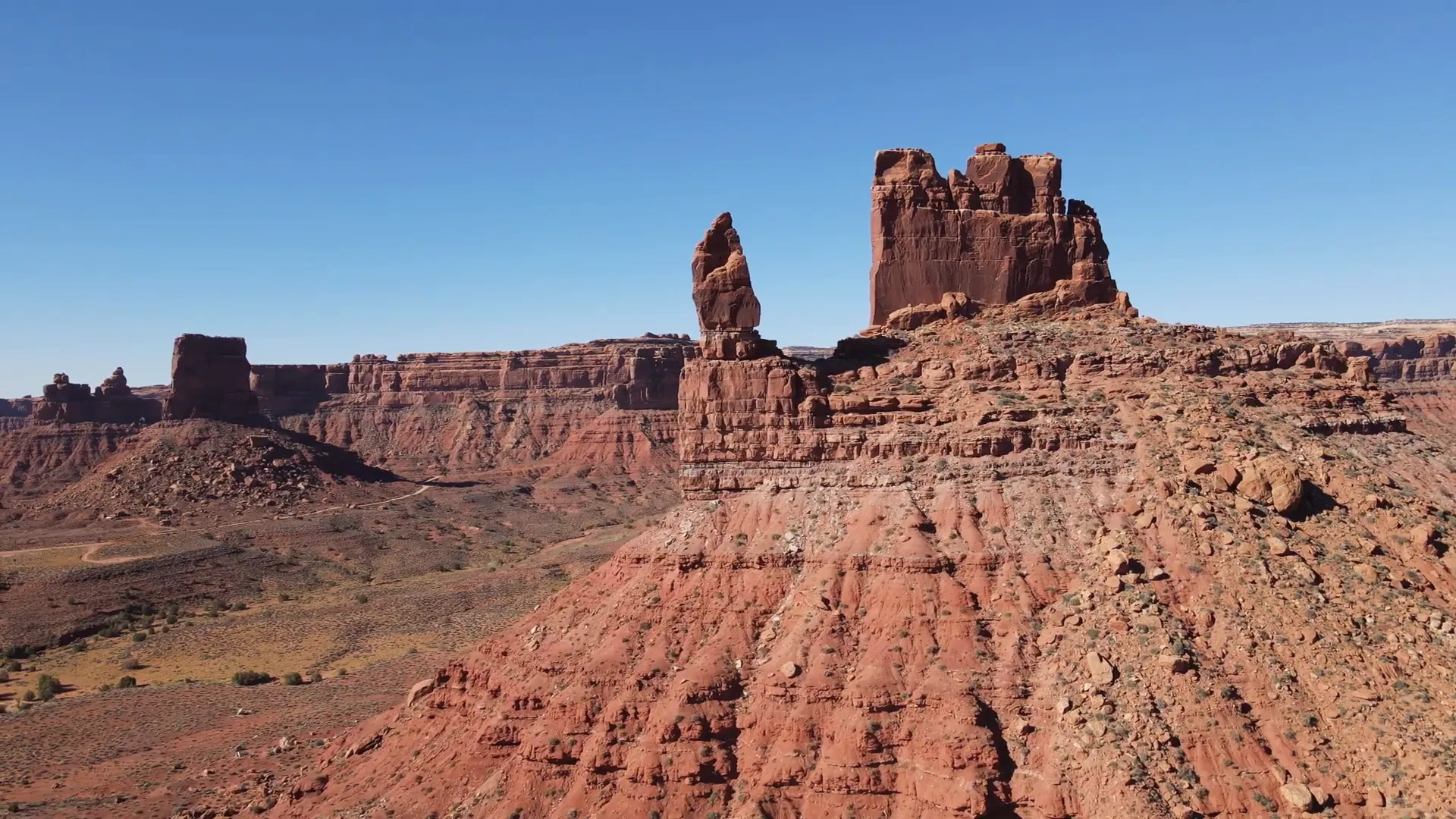
Upon arrival, I was struck by the beauty of the landscape. It felt more populated than my first campsite, but the energy of the place was invigorating. I set up camp, eager to soak in the sights and sounds of this remarkable area.
Captivating Views Along the Trail
The journey through Utah's wilderness is adorned with captivating views that leave lasting impressions. As I navigated the trails, each turn revealed a new spectacle. The high mesas and towering spires stood like ancient sentinels, watching over the land.
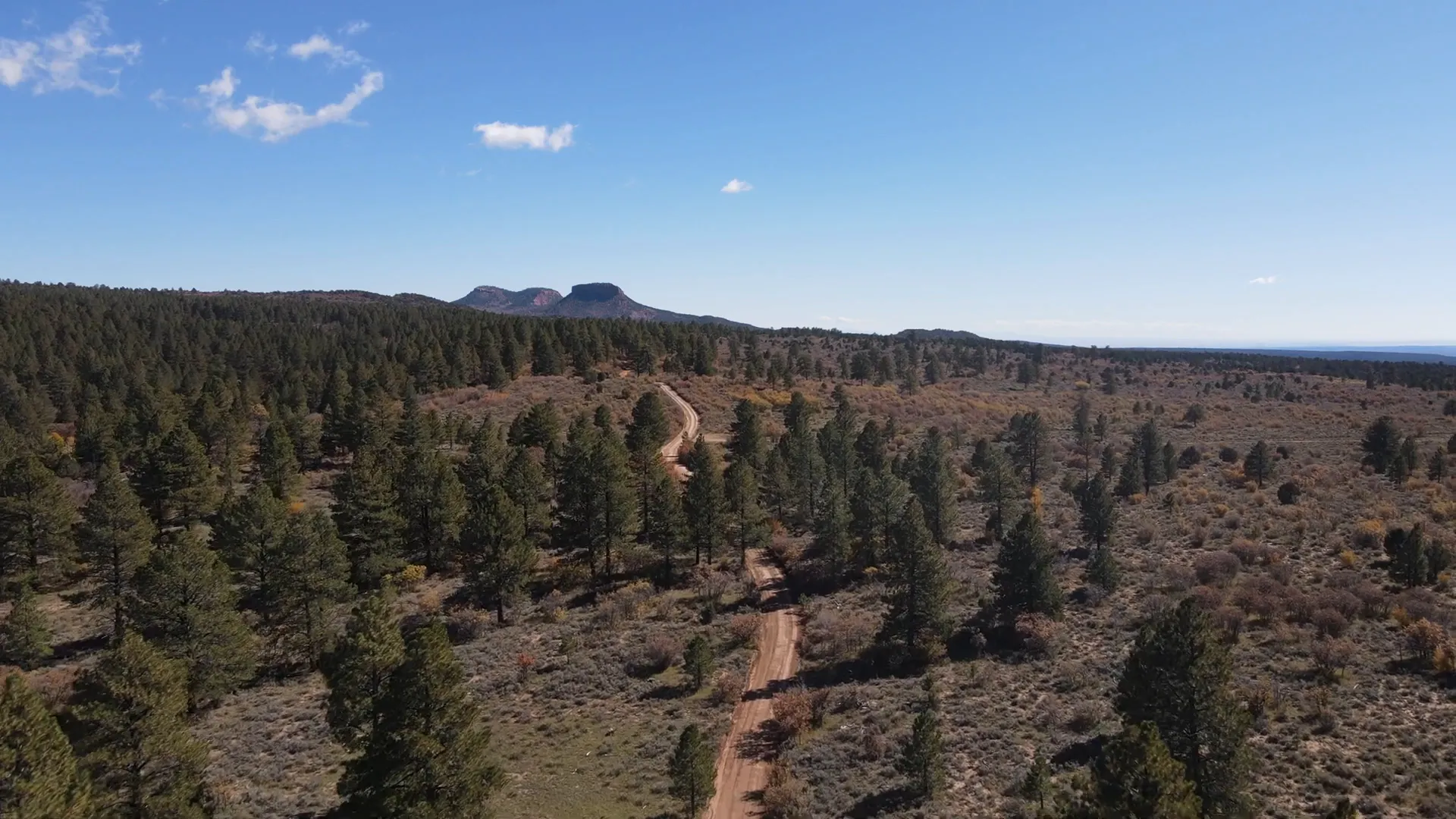
One moment, I was surrounded by the stark beauty of the desert, and in the next, I found myself enveloped by lush pine forests. This diverse terrain not only offers a visual feast but also invites exploration at every stop.
Every vista is an opportunity to pause, breathe, and soak in the grandeur. The interplay of light and shadow as the sun dips below the horizon paints the landscape in hues of orange and purple, making it a photographer’s paradise.
Night Photography Under the Stars
As night fell, the absence of light pollution transformed the sky into a canvas of stars. This was my chance to capture the beauty of the cosmos. Armed with my camera, I set up in a spot with a clear view of the sky.

The Milky Way stretched across the sky, a shimmering river of light. I experimented with long exposures, eager to capture the brilliance of the stars. Each click of the shutter felt like a moment frozen in time, a reminder of how small we are in the vastness of the universe.
Night photography is about patience and anticipation. Watching the stars twinkle and shift made every second worthwhile. It’s a unique experience, one that connects you to the earth and sky in a profound way.
Iconic Moments at Monument Valley
No trip through this region is complete without a stop at Monument Valley. Known for its iconic red sandstone formations, it’s a place steeped in cultural significance. The landscape is almost surreal, evoking feelings of wonder and respect.
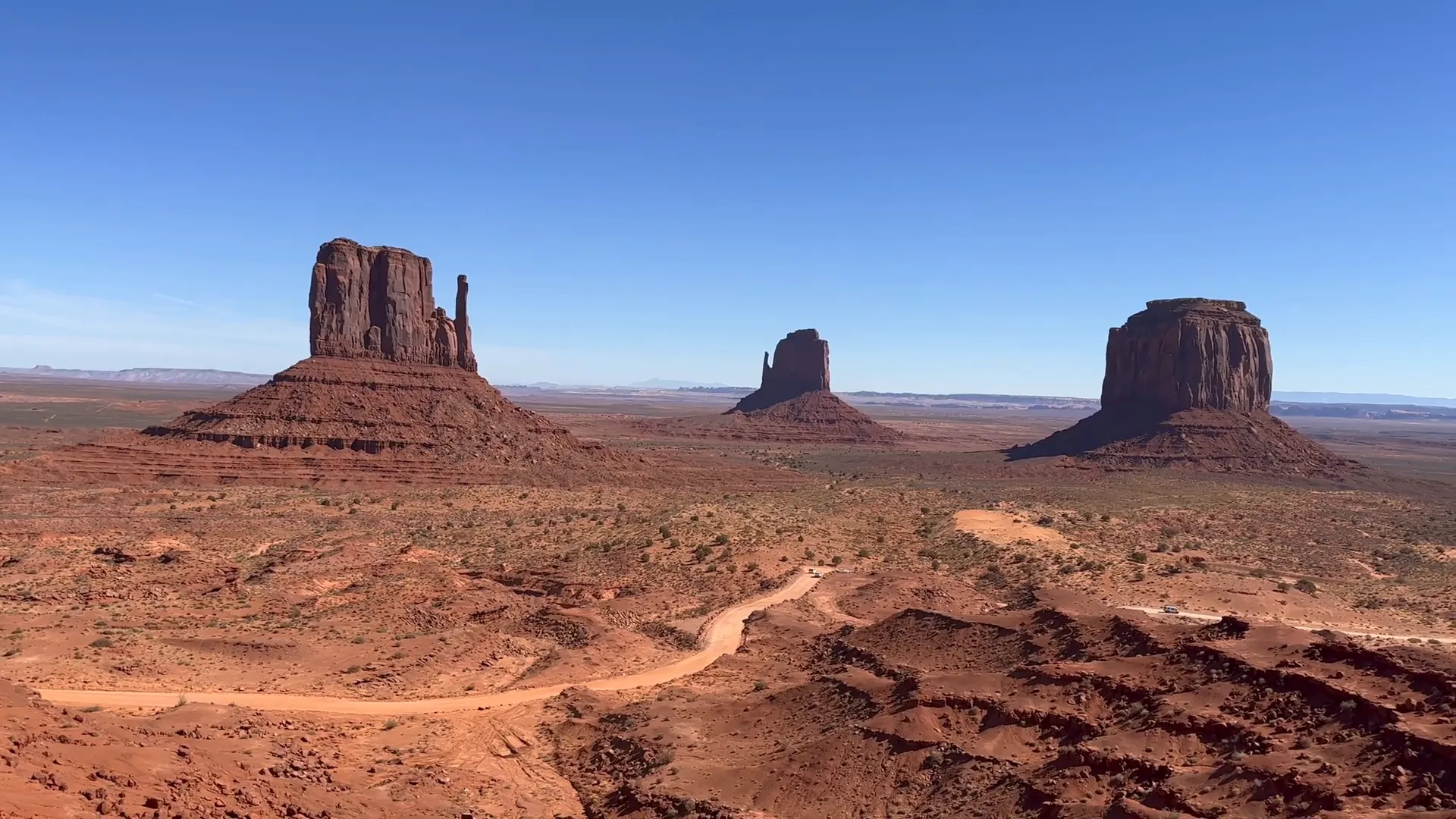
As I drove the seventeen-mile loop, I was struck by the striking contrasts of the landscape. Each turn brought a new perspective, and I couldn’t help but stop frequently to capture the views. The towering buttes and mesas seemed to tell their own stories.
Visitors from all over the world come to experience this magical place. I joined them, soaking in the scenery and reflecting on the rich history of the Navajo people who call this land home. It’s a reminder of the power of nature and the beauty of cultural heritage.
Stunning Views at Lake Powell
Continuing my adventure, I arrived at Lake Powell. Even though the water levels have decreased, the views remain breathtaking. The contrast of the blue water against the red rock cliffs creates a stunning visual.
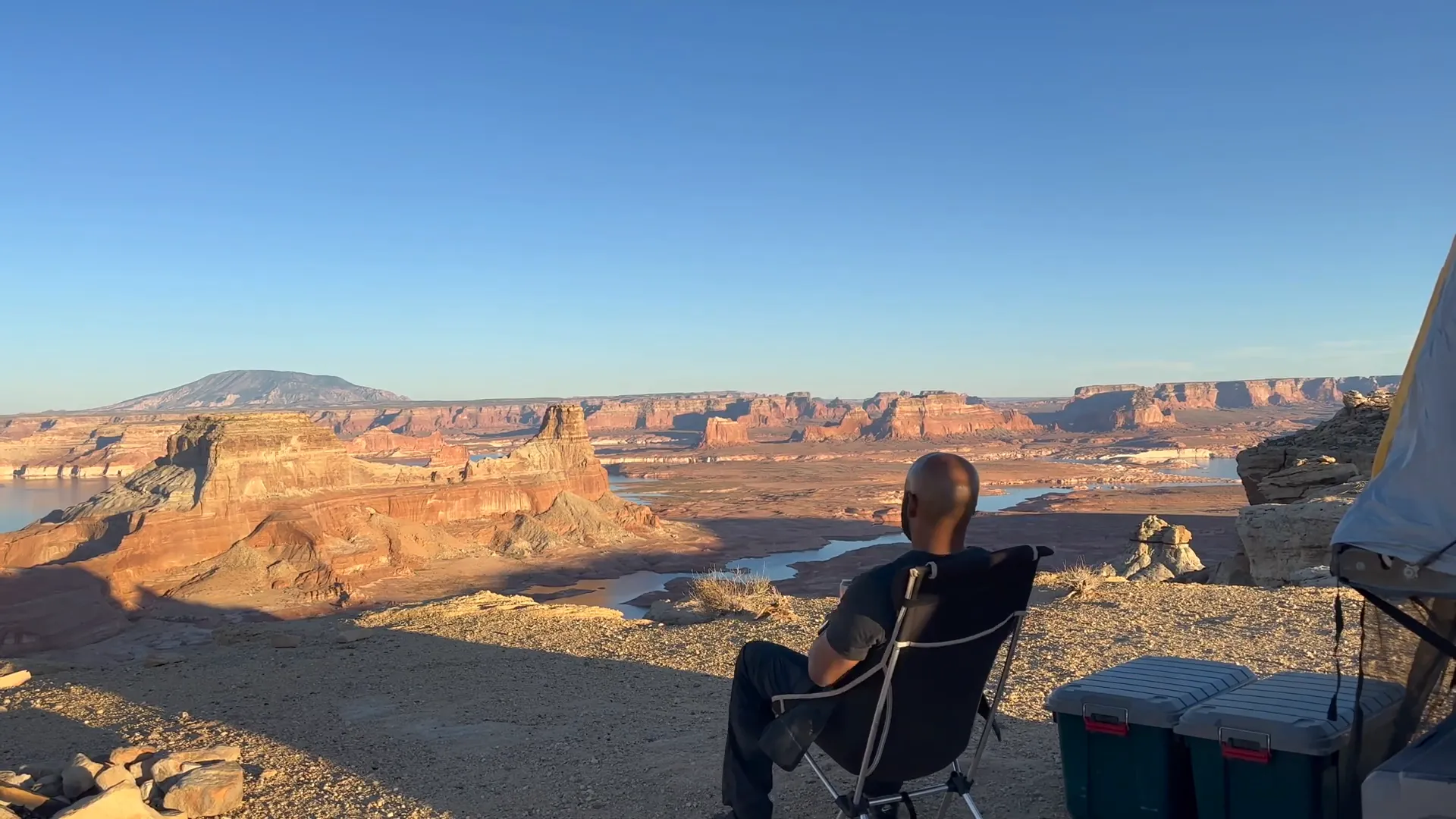
At Alstrom Point, I set up camp, eager to witness the sunrise. The early morning light cast a golden glow over the landscape, illuminating the rugged terrain. It was a moment of pure tranquility, a perfect start to the day.
Lake Powell is not just about the water; it’s about the unique geological formations and the serenity that envelops the area. Each moment spent here is a reminder of nature’s beauty and resilience.
Exploring the Burr Trail
The Burr Trail is a scenic drive that showcases the beauty of Capitol Reef National Park. The paved sections lead into breathtaking canyons, with the road winding through stunning landscapes. It’s an invitation to explore and discover hidden gems along the way.
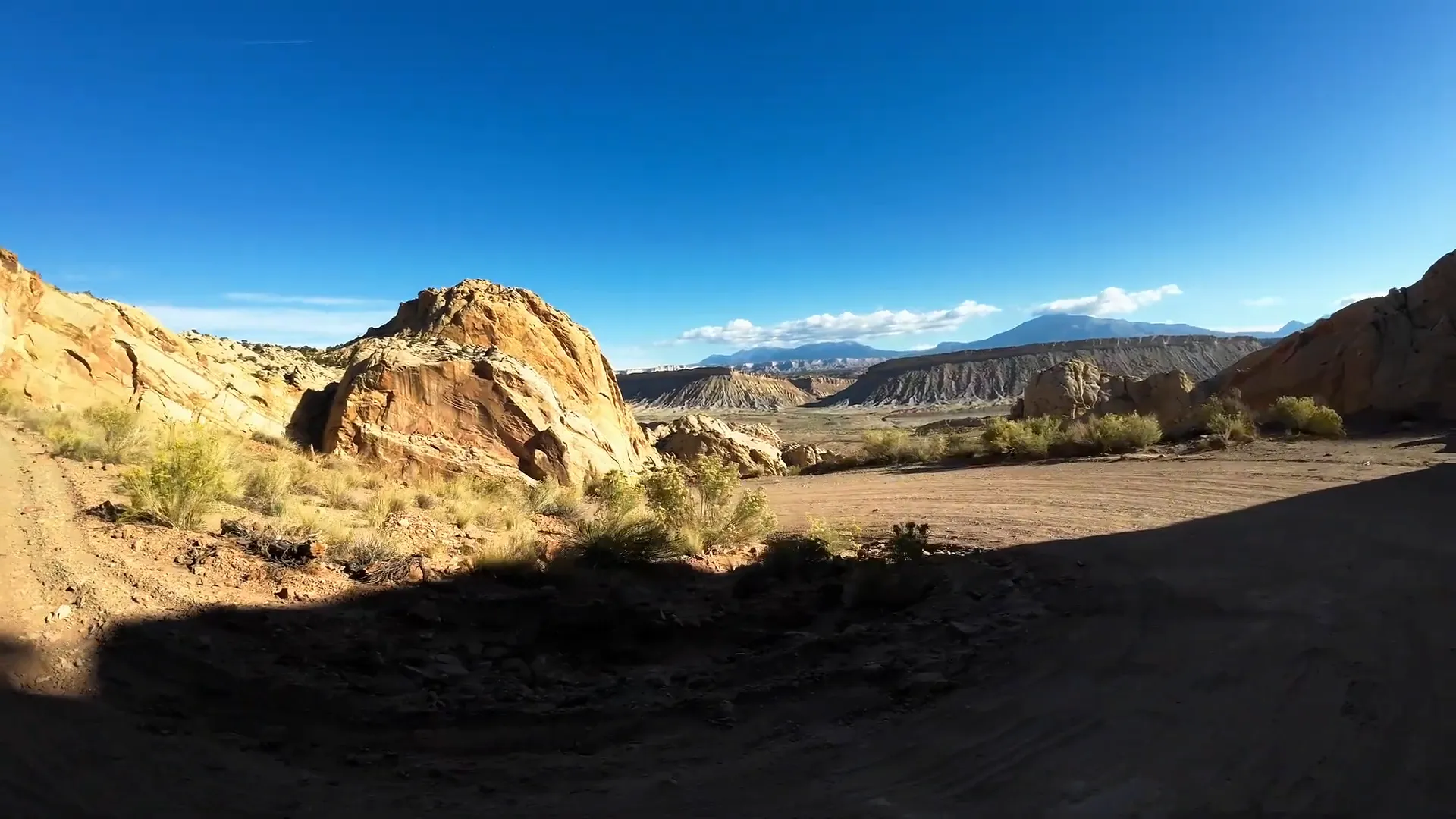
As I ventured deeper into the trail, I encountered Long Canyon and the famous Burr Switchbacks. Each curve and elevation change offered new vistas that seemed to stretch endlessly. It’s a drive that invigorates the spirit and ignites the sense of adventure.
Stopping along the way, I took in the sights and sounds of the wilderness. The beauty of the Burr Trail is not just in its views but in the journey itself—a reminder that the road is just as important as the destination.
Facing the Elements in the Henry Mountains
As I approached the Henry Mountains, the weather began to change. I was prepared for the elements, knowing that nature can be unpredictable. The winds picked up, and the forecast warned of rain and possible snow.

This was a reminder of the challenges that come with overlanding. It’s about embracing the journey, regardless of the conditions. I adjusted my plans, considering safety and comfort as I navigated the terrain.
Despite the challenges, there was beauty in the storm. The dark clouds added depth to the landscape, creating a dramatic backdrop against the rugged mountains. It’s moments like these that test your limits and remind you of the power of nature.
FAQs about Overlanding and Camping
What is overlanding?
Overlanding is a form of self-reliant travel that often involves camping in remote locations. It’s about exploration and adventure, focusing on the journey rather than just the destination.
What gear do I need for overlanding?
- A reliable vehicle with off-road capability.
- Camping gear, including tents or rooftop tents, sleeping bags, and cooking equipment.
- Navigation tools and maps.
- Safety and emergency supplies.
How do I choose a campsite?
Look for flat, level ground away from water sources to avoid flooding. Consider proximity to trails and scenic views for added enjoyment.
What should I do in case of bad weather?
Always check the forecast before heading out. If bad weather is expected, adjust your plans accordingly, and prioritize safety above all.
Can I camp anywhere while overlanding?
In many areas, dispersed camping is allowed. However, always check local regulations and respect private property and protected lands.
